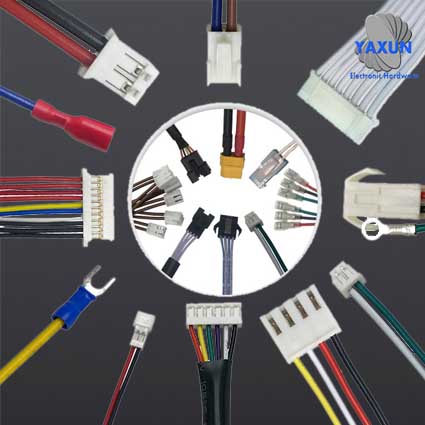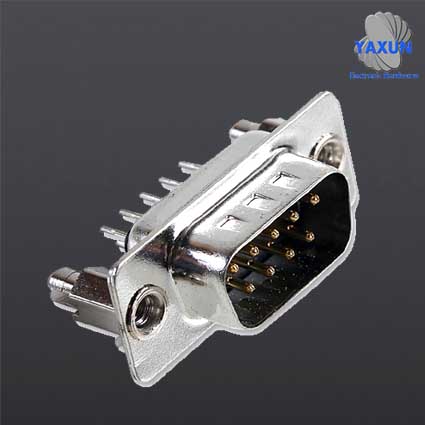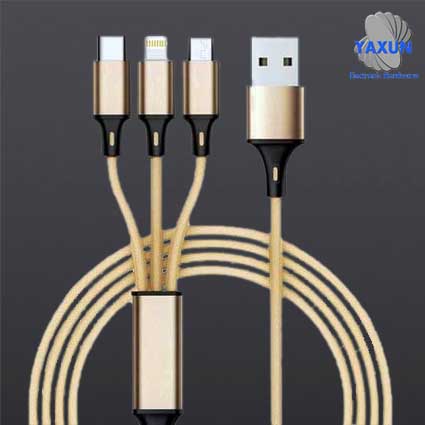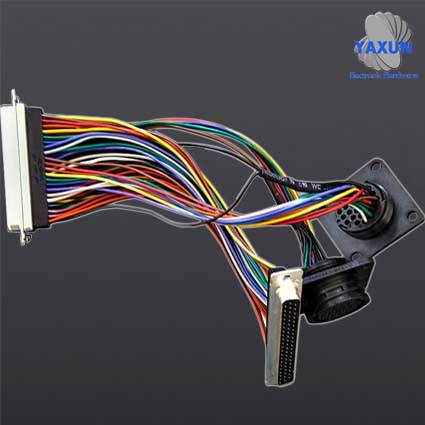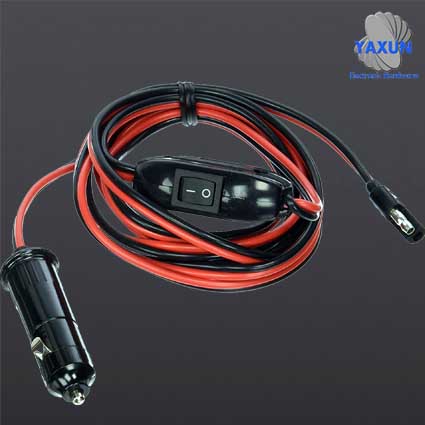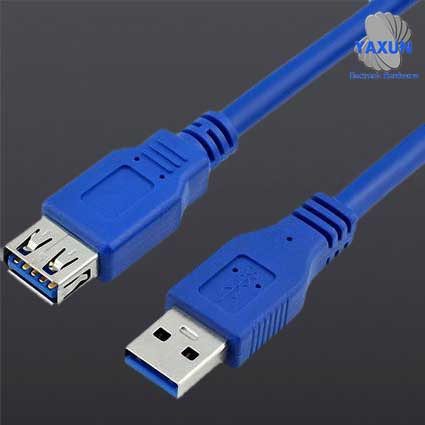Function Classification of Customized Computer and Electronic Data Cable
- PRODUCT DETAIL
The data cable is a necessary component for connecting the hard disk and the motherboard, and is usually included when purchasing the computer motherboard. Each data cable can only connect two IDE devices (such as optical drives, hard drives, burners, etc.)
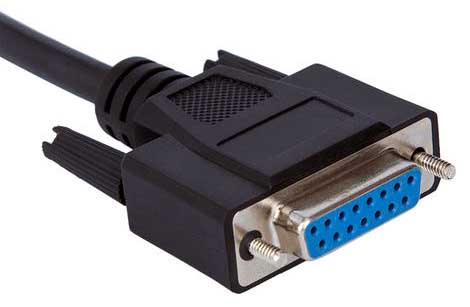
COM interface
COM interface is also called serial port. In the past, most motherboards provided two COM ports, namely COM1 and COM2. The function of the COM interface is to connect devices such as serial mouse and external Modem. The 1/O address of the COM1 interface is 03F8h-03FFh, the interrupt number is IRQ4: the 1O address of the COM2 interface is O2F8h-O2Fh, and the interrupt number is IRQ3. Therefore, the COM2 interface has priority over the response of the COM1 interface. Later, the mouse and other serial devices adopted the PS2 interface and the currently popular USB interface, and the external devices based on the COM serial port have become rare.
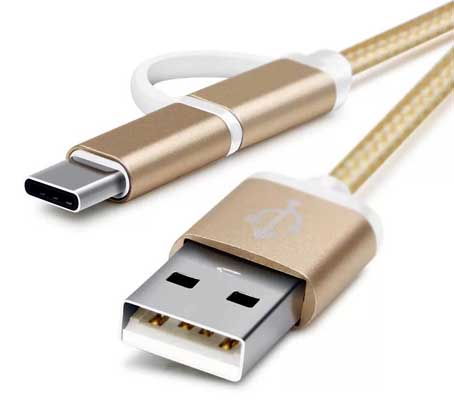
The USB interface has 4 pins, which are USB power (usually 5V), USB data line +, USB data line and ground.
USB has two specifications, namely USBI.1 and USB2.0.
The transfer rate of the high-speed mode of USBI.1 is 12Mbit/s. The transmission rate of the low-speed mode is 1.5Mbit/s, 1Mb/s=8 Mbit/s, 12 Mbit/s=1.5 MB/s.
The USB2.0 specification evolved from the USBI.1 specification. Its transmission rate has reached 480Mbit/s, which is converted into MB to 60MB/s, which is sufficient to meet the rate requirements of most peripherals. The "Enhanced Host Controller Interface (EHCI)" in USB2.0 defines an architecture compatible with USB1.1, which can drive USB.1 devices with USB2.0 drivers. In other words, all devices that support USB1.1 can be used directly on the USB2.0 interface without worrying about compatibility issues, and accessories such as USB cables and plugs can also be used directly.
The USB2.0 standard further increases the interface rate to 480Mbit/s, which greatly shortens the transmission time of video and audio files in LCD color TVs.
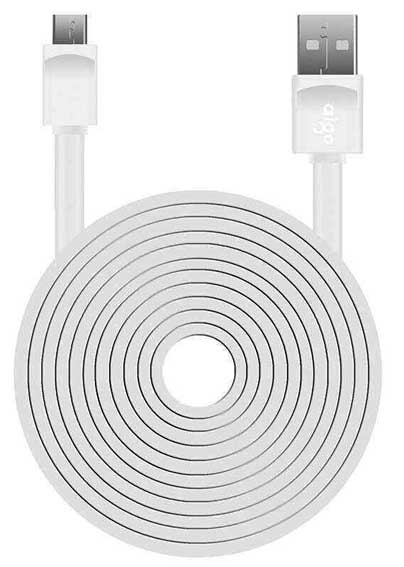
Micro-USB connector is smaller than standard USB and Mini-USB connector, saving space;
has a mating life and strength of up to 10,000 times;
Blind insertion structure design;
Compatible with USB1.1 (low speed: 1.5Mbit/s, full speed: 12Mbit/s) and USB2.0 (high speed: 180 Mbit/s);
provides data transmission and charging at the same time.
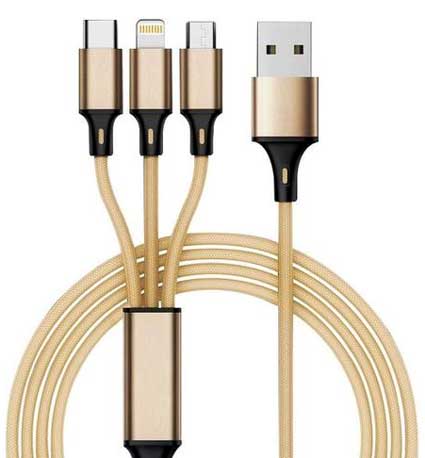
Cellphone data line
As an accessory product of the mobile phone, the mobile phone data cable can fully develop the potential functions of the mobile phone. At present, the supply and demand in the mobile phone accessories market is also increasing. As one of the main accessories of mobile phones, there are many data cables on the market, but not many original data cables. Most of them are produced by the manufacturers and imitate the original ones, of course, the quality and price are uneven. The mobile phone data cable was originally just an ordinary mobile phone accessory. It is mainly used for repairing, testing mobile phones, and business people managing calls through computers. Nowadays, the application of data lines is quite extensive, making mobile phone LOGO, upgrading mobile operating system, Chinese phone book, managing SMS, managing address book, modifying network logo, sending SMS, MMS, downloading ringtones and pictures. The use of GPRS or WAP dial-up Internet access and other functions are deeply loved by users. Because different data lines will map different functions, so you can distinguish it when you buy.

Basic types of data lines
COM interface
COM interface is also called serial port. In the past, most motherboards provided two COM ports, namely COM1 and COM2. The function of the COM interface is to connect devices such as serial mouse and external Modem. The 1/O address of the COM1 interface is 03F8h-03FFh, the interrupt number is IRQ4: the 1O address of the COM2 interface is O2F8h-O2Fh, and the interrupt number is IRQ3. Therefore, the COM2 interface has priority over the response of the COM1 interface. Later, the mouse and other serial devices adopted the PS2 interface and the currently popular USB interface, and the external devices based on the COM serial port have become rare.

USB interface
The Chinese meaning of USB is "Universal Serial Bus". USB was jointly proposed by Intel, Compaq, IBM, Microsoft and other companies at the end of 1994. USB supports hot-plugging, and its plug-and-play advantage makes it the most important interface method for computers.The USB interface has 4 pins, which are USB power (usually 5V), USB data line +, USB data line and ground.
USB has two specifications, namely USBI.1 and USB2.0.
The transfer rate of the high-speed mode of USBI.1 is 12Mbit/s. The transmission rate of the low-speed mode is 1.5Mbit/s, 1Mb/s=8 Mbit/s, 12 Mbit/s=1.5 MB/s.
The USB2.0 specification evolved from the USBI.1 specification. Its transmission rate has reached 480Mbit/s, which is converted into MB to 60MB/s, which is sufficient to meet the rate requirements of most peripherals. The "Enhanced Host Controller Interface (EHCI)" in USB2.0 defines an architecture compatible with USB1.1, which can drive USB.1 devices with USB2.0 drivers. In other words, all devices that support USB1.1 can be used directly on the USB2.0 interface without worrying about compatibility issues, and accessories such as USB cables and plugs can also be used directly.
The USB2.0 standard further increases the interface rate to 480Mbit/s, which greatly shortens the transmission time of video and audio files in LCD color TVs.

Type-C interface
Type-c is an interface type that can be applied to both PC (master device) and external devices (slave devices, such as mobile phones). This is epoch-making.
Micro-USB interface
Micro-USB is a USB2.0 standard interface, which is the next version of Mini-USB. Its characteristics are as follows [8]:Micro-USB connector is smaller than standard USB and Mini-USB connector, saving space;
has a mating life and strength of up to 10,000 times;
Blind insertion structure design;
Compatible with USB1.1 (low speed: 1.5Mbit/s, full speed: 12Mbit/s) and USB2.0 (high speed: 180 Mbit/s);
provides data transmission and charging at the same time.
Various data lines
The data cable connects the hard disk, optical drive, floppy drive, card reader and other hardware devices with the corresponding interfaces on the motherboard, and connects the indicator lights and switch wires on the chassis control panel to the motherboard. Note that the data line is not the bus mentioned in our logic structure.
Cellphone data line
As an accessory product of the mobile phone, the mobile phone data cable can fully develop the potential functions of the mobile phone. At present, the supply and demand in the mobile phone accessories market is also increasing. As one of the main accessories of mobile phones, there are many data cables on the market, but not many original data cables. Most of them are produced by the manufacturers and imitate the original ones, of course, the quality and price are uneven. The mobile phone data cable was originally just an ordinary mobile phone accessory. It is mainly used for repairing, testing mobile phones, and business people managing calls through computers. Nowadays, the application of data lines is quite extensive, making mobile phone LOGO, upgrading mobile operating system, Chinese phone book, managing SMS, managing address book, modifying network logo, sending SMS, MMS, downloading ringtones and pictures. The use of GPRS or WAP dial-up Internet access and other functions are deeply loved by users. Because different data lines will map different functions, so you can distinguish it when you buy.

